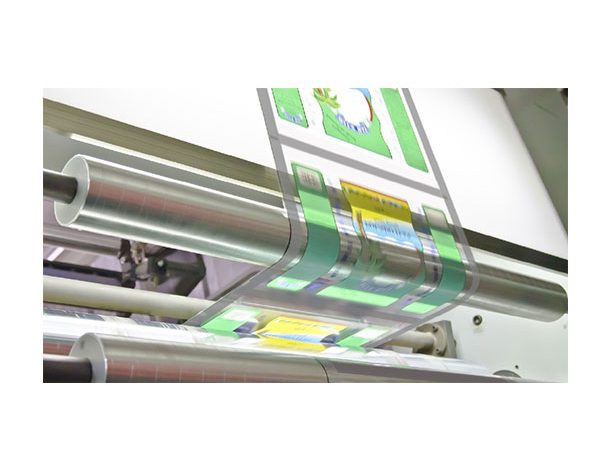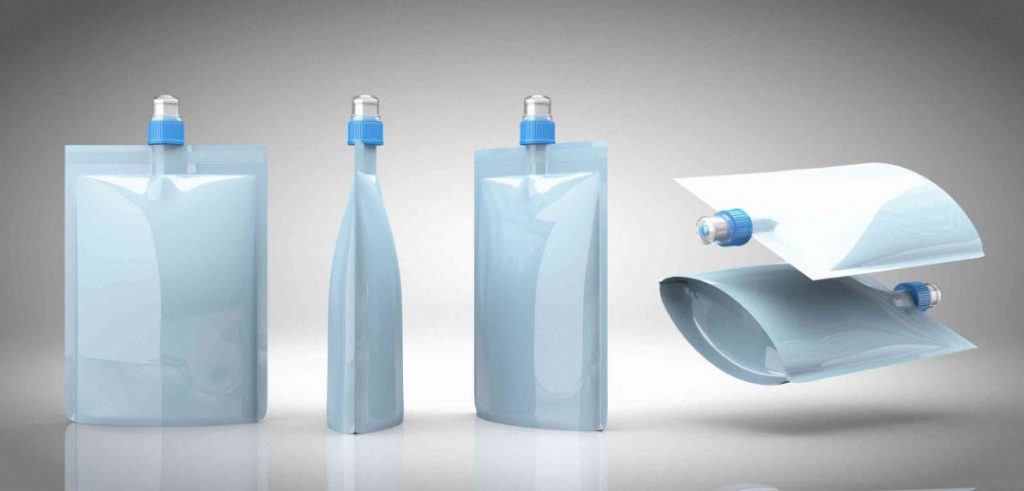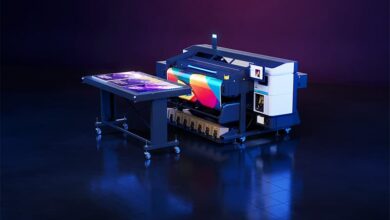
The packaging a product comes in is often as important as the product itself. Flexible packaging is currently the second-largest packaging segment in the United States and has been embraced by multiple industries, with food packaging at the top (60% of flexible packaging shipments).
Flexible packaging has multiple benefits over rigid packaging, including better protection against the elements, fewer resources, more lightweight packaging, and lower costs. Moreover, since personalization is the norm, packaging design software solutions have also gained importance.
No wonder packaging is thus recognized as a significant contender to watch out for in the printing industry in the years to come.

Market overview
Valued at $221.7 billion in 2019, the flexible packaging industry is forecasted to be worth $278.95 billion by 2025 with a CAGR of 3.89%. Among the key reasons for the growth of the industry include technological advances and an emphasis on sustainability.
Customers are increasingly becoming conscious of too much plastic’s harmful effects and are thus demanding newer packaging solutions that use less plastic and are environment-friendly.
The food and beverage industry is the biggest user of flexible packaging to keep food safe and transport it easily.
The growth of eCommerce and digital printing are also driving new trends in functional packaging benefits. Customers want to customize their packaging using product design software, and they want to place smaller orders, unlike previously.
The market demand and changing consumer behaviors have brought about a change in how flexible packaging is perceived. The next session talks about what makes it so popular.
Benefits of flexible packaging
- Lightweight
Lightweight packages are more comfortable to transport, take up less space than bulky boxes, and are less likely to be damaged if stored suitably. They are also much lighter than their non-flexible packaging counterparts, thereby bringing down shipping costs.
- Longer shelf life
While plastic packaging often gets a bad rap due to the environmental harm caused, durable plastic packages can protect food items, reducing food waste, and reducing the pollution caused due to landfill or waste incineration.
Resealable technology in flexible packagings, such as the squeeze tube or the ziplock pouch, allows food to retain its freshness over several uses. Plus, flexible packaging has a smaller carbon footprint and a lower overall impact on the environment, even though it is made of plastic.
- Sustainability
Finding sustainable packaging solutions is now a priority for most companies to contribute to a greener environment and improve their public image. There are sustainable alternatives available to plastic that fulfill the criterion of being ‘flexible’ while also being made of eco-friendly materials that are easier to reuse and recycle.
- Ease of use for customers
Customers are always looking for more convenient lifestyle solutions, where flexible packaging plays a significant role. Flexible packaging is lightweight, easy to handle, and takes up less room, making it easier for customers to stock up on the items they want.
The resealable nature of flexible packages also prolongs the product’s shelf life, which further adds to the convenience value.
- Product design variety
Flexible packaging allows manufacturers to use digital print technology and create high-quality graphics for 360-degree branding efforts. Premium images and striking designs can capture and retain customer attention like little else can, enabling flexibly packaged goods to stand out amidst the competition. Many product packaging design software solutions offer this functionality.
- Package security and product integrity
Flexible packaging is gaining popularity, mainly because it keeps products safe and preserves their integrity. The materials used are durable and guard against damage that can otherwise occur during shipping and handling.
Moreover, airtight packaging offers protection against sunlight, moisture, and fluctuating temperature conditions, making it the ideal way to prolong perishable food products’ shelf life.
Seven digitally printed flexible packaging advantages
- Reduced turnaround time
With digital printing packaging design software, all a brand needs to get going is the digital design file. This makes the process much quicker than if physical printing plates were required to be set up. Orders can thus be fulfilled in a matter of days.
- Ability to print multiple SKUs
Brands can print as many pieces as they need of each design without trouble when they opt for digital printing – that too, all in one order if required. Web-to-print solutions enable that.
- Easy to make changes
Digital printing packaging box design software uses digital designs that can be tweaked as and when needed to print new designs. There are no physical plates that need to be set up, making changes much cheaper and easier.
- Print according to need
Digital printing product packaging design software permits brands to print as many or as few pieces as needed whenever they need it. This allows them to respond quickly to changes in demand and prevents the accumulation of excess inventory, thereby saving both materials and money. Web-to-print for the win!
- Easier seasonal promotion
The print-as-you-need aspect of digital printing product design software means that brands can experiment with short-run designs such as seasonal promotions or locality-specific promotions without spending a lot on high volumes.
- Environment-friendly
Digital printing product design software uses far fewer resources than traditional printing and has a lower carbon footprint overall. There are no printing plates required, for instance, which means fewer materials are used up. Digital printing of flexible packaging also reduces waste by enhancing the shelf life of the product.
- Myriad capabilities
Digital printing packaging design software online allows brands to customize their packaging far more than any other technology would permit. It also provides for the tracking and tracing of products at any stage, digital consumer engagement through QR codes, and protection against counterfeiting or theft.
In conclusion
Ultimately, the type of packaging a manufacturer opts for will depend on what the product calls for and any brand specifications that may need to be met. Flexible packaging has the advantage of being durable, lightweight, cheap, and environment-friendly all in one go, making it an obvious choice for most consumer products.
Visit for more information: https://www.designnbuy.com/

.gif)



